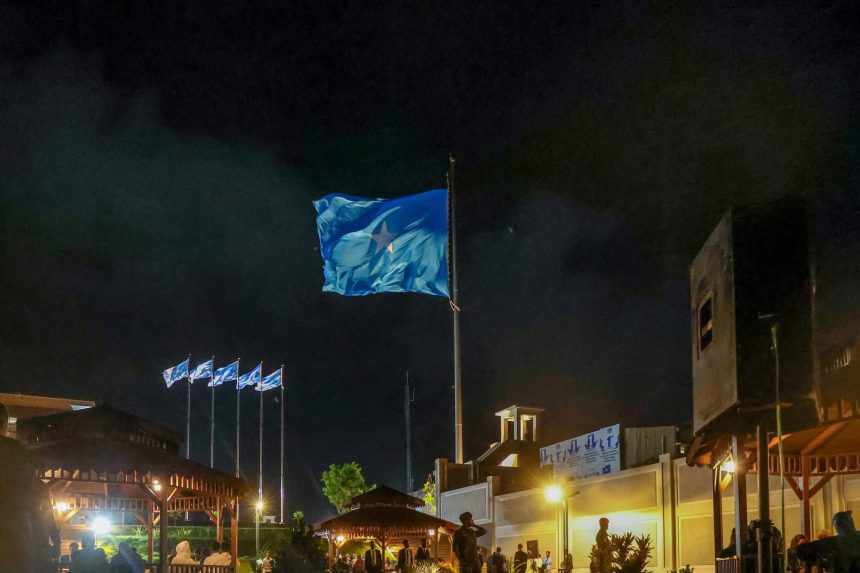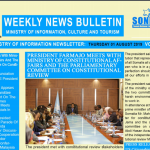Every nation on Earth holds certain dates dear—days that are deeply engraved in the collective memory of its people. These are often days of freedom and sovereignty, attained through immense sacrifice of both life and resources. For the people of Somalia, July 1st is one of those cherished days: the day the Somali Republic was born through the union of the North and South.
The long struggle for independence in Somalia began with resistance against early colonial incursions along the East African coast. The earliest recorded anti-colonial movement was led by Ahmed Gurey (Ahmad Gran) between 1528 and 1543, who mounted a fierce defense against Portuguese invaders.
Centuries later, the torch of resistance was reignited by the legendary Somali nationalist Sayid Mohamed Abdulle Hassan, whose Derwish movement fought a 21-year war against British colonial forces. His resistance marked one of the longest and most resilient anti-colonial struggles in Africa. In fact, in 1919, British commanders conceded that they could not defeat his forces by ground, leading to the infamous 1920 aerial bombing campaign that targeted Dervish forts—one of the earliest uses of airpower in Africa.
Other heroes followed. Religious leaders and patriots such as Sheikh Hassan Barsame, Haji Farah Omar, and Sheikh Bashir, as well as the youth of the Somali Youth League (SYL)—founded in Mogadishu on May 15, 1943—played pivotal roles in shaping the national consciousness. SYL worked alongside other parties like the Somali National League (SNL) and the United Somali Party (USP) in mobilizing nationalist sentiment across both the North and South.
In 1948, the historic “Hanoolaato” Uprising took place in Mogadishu, coinciding with a visit by a United Nations fact-finding mission sent to evaluate Somalia’s readiness for self-rule. Later that year, the UN decided that the South would be jointly administered by Italy and the UN for a 10-year transitional period starting in 1950, after which full independence would be granted.
On October 12, 1954, the SYL formed a special committee to design the Somali national flag. The design by the late Mohamed Awale Liban, a respected trade unionist and artist, was selected. The light blue background represented peace and the United Nations, while the five-pointed white star symbolized the unity of all Somali regions.
By March 24, 1956, the first Somali-led government was established in the South, with Abdullahi Issa Mohamud as Prime Minister. The government administered the territory until 1960 under the trusteeship agreement.
During this period, talks were underway between the leadership of the North and South. A historic agreement was reached to unify the two regions into a single Somali state.
On June 26, 1960, the North (formerly British Somaliland) gained independence. That night in Hargeisa, the Somali flag was raised for the first time, accompanied by a powerful poem by Abdullahi Sultan Timacadde titled “Sareeyoow Ma Nusqaamoow.”
Just four days later, on July 1, 1960, the South (formerly Italian Somaliland) also gained independence. That same day, the two regions united to form the Somali Republic—a single, sovereign state. Aden Abdulle Osman (Aden Adde) became the first President of the Republic, serving from July 1960 until June 10, 1967, when he was succeeded by Abdirashid Ali Sharmarke in a democratic election. Aden Adde lived until June 8, 2007.
A Day of Reflection and Renewal
Today, as Somalia commemorates the 65th anniversary of its independence and unification, citizens across the country are taking part in celebrations and patriotic remembrance. It is a time not only to honor past sacrifices but also to rekindle the spirit of unity, nationalism, and solidarity—values that Somali poets once expressed with pride:
- Dhaaxaan murugo iyo harraad mudanee,
- Maantay curatoo mataanaysee
- Aan maalno hasheenna Maandeeq.
Written by: Abuukar Gob-doon





